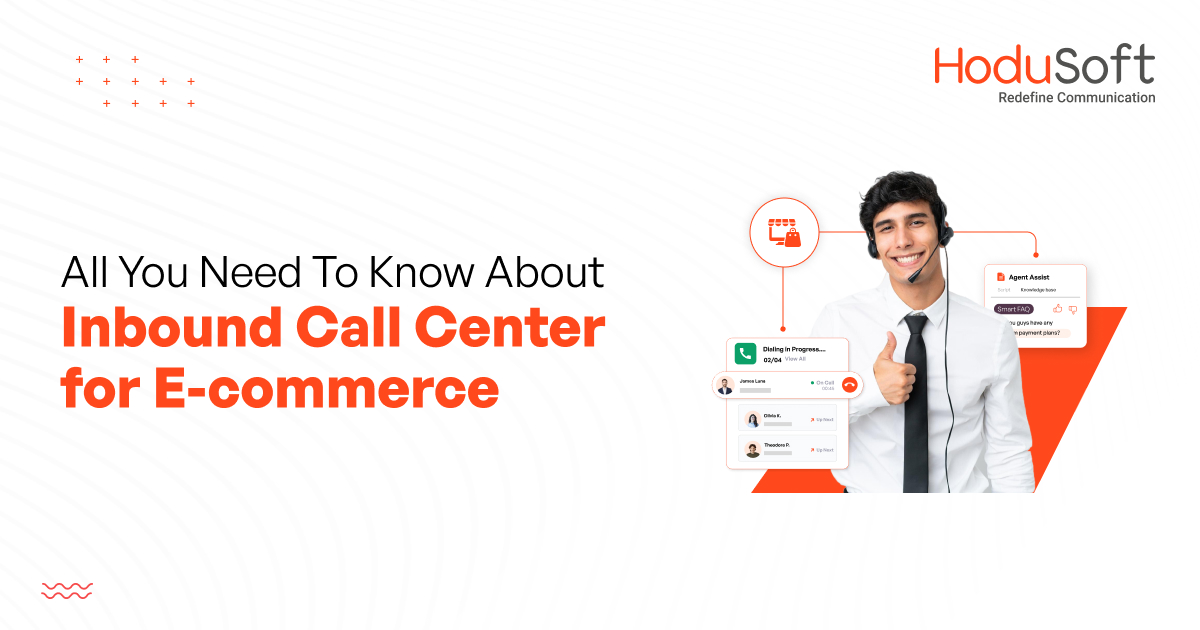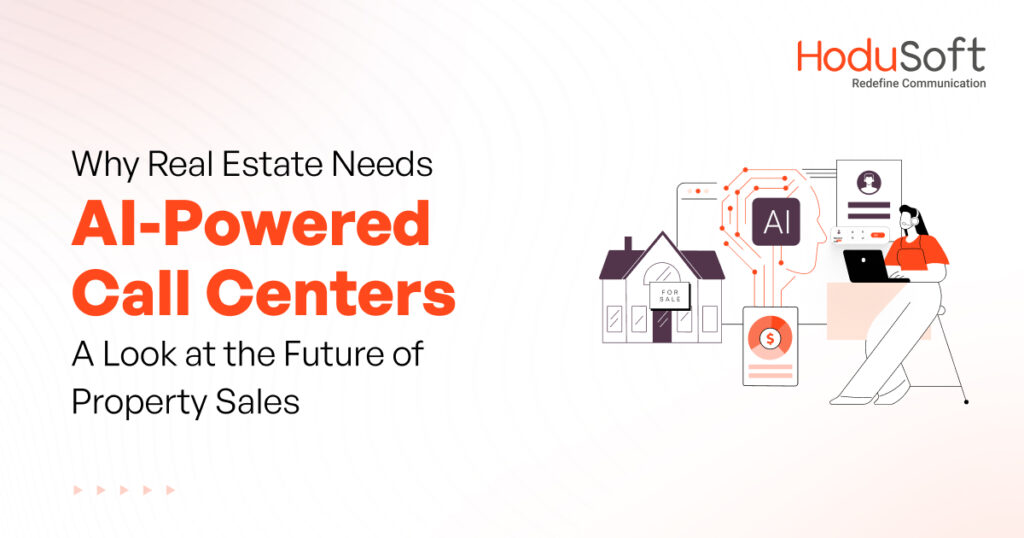All You Need To Know About Inbound Call Center for E-commerce
“Communication is at the heart of e-commerce and community.”
The quote by noted American business executive and diplomat Meg Whitman underscores the importance of communication for the e-commerce sector and the community.
As per a recent stat, there are 2.71 billion online shoppers around the world as of 2024. To put it simply, about a third of the world’s population is shopping online.
When so many people shop online, some of them are likely to face issues with their transactions. Even if we assume that two to five percent of customers come across some problems, the number lies somewhere between 67 million and 135 million.
Just imagine a scenario, when millions of people face issues while shopping or browsing through e-commerce websites and they don’t have any avenue to resolve the problems!
Thankfully, e-commerce companies can leverage inbound call centers to solve online shoppers’ problems. Inbound call centers are indispensable for e-commerce companies!
At HoduSoft, we helped some reputed e-commerce companies transform the way they delivered customer service through our inbound call center software.
In this blog post, we have discussed inbound call centers in the context of e-commerce, the difference between inbound and outbound call centers, the benefits of inbound call centers for e-commerce companies, important metrics for inbound call centers, and best practices for managing inbound call centers in e-commerce companies. Read on and thank us later.
- What is an E-Commerce Inbound Call Center?
- What’s The Difference Between Outbound And Inbound Call Centers For E-Commerce?
- What Challenges E-Commerce Sector Face & How Inbound Call Center Can Overcome Those?
- Important Metrics And Kpis For Inbound Call Centers In E-Commerce Firms
- Best Practices For Managing Inbound Calls In E-Commerce Companies
What is an E-Commerce Inbound Call Center?
As the name suggests, an e-commerce inbound call or contact center is a department or a unit that handles incoming calls from customers, potential customers, and other individuals, who want a smooth resolution to their issues or answers to their queries.
In simple words, every e-commerce company has a customer service department that’s replete with communication systems. These systems are specifically designed or customized to receive incoming calls.
The people handling these communication devices make sure that the callers get the right answers to their queries as well as solutions to their problems.
What’s the Difference between Outbound and Inbound Call Centers for E-commerce?

What Challenges E-Commerce Sector Face & How Inbound Call Centers Can Overcome Those?
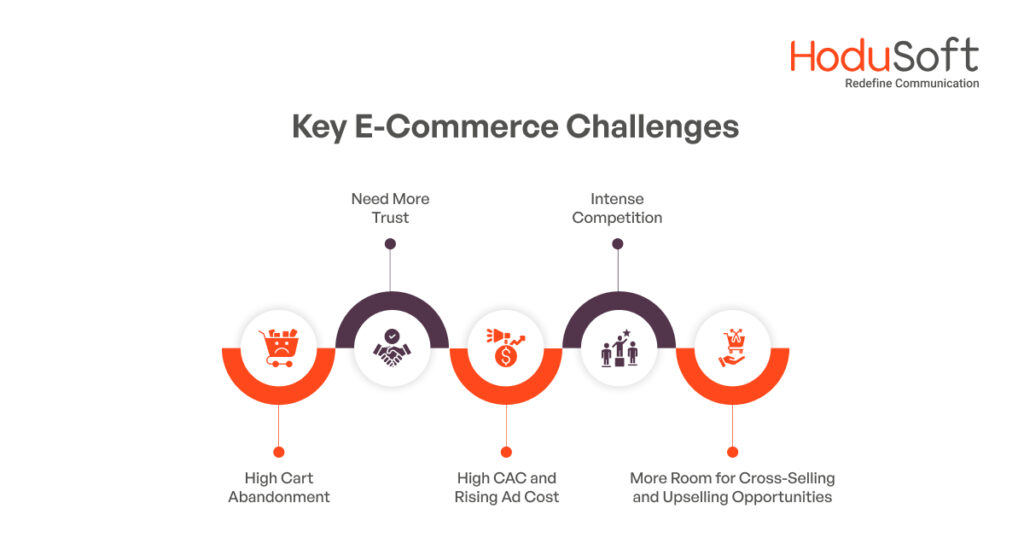
Every sector faces some challenges. That’s part and parcel of every industry. But when it comes to the e-commerce industry, the sector faces some unusual challenges such as:
1. High Cart Abandonment
This is a unique problem in the e-commerce industry. A Baymard Institute study found that 70 percent of customers abandon their carts due to various reasons. Now the question comes “Can inbound call centers reduce cart abandonment?” The answer to the question is a resounding yes.
More often than not, cart abandonment happens due to errors in the app or website or complicated payment or checkout process. However, if online shoppers can easily reach out to e-commerce companies whenever they face any problem, they can easily complete the transaction after getting the necessary support from the customer care representative.
2. Need More Trust
“For e-commerce, the most important thing is trust.” The quote by China’s top entrepreneur Jack Ma is so relevant at a time when over a third of Gen Z respondents and more than a fifth of millennials believe most online stores and e-commerce websites aren’t trustworthy. The findings are from a survey published in Grand Rapids Magazine.
Inbound call centers can help e-commerce companies in building trust by rendering a human touch to electronic transactions. When customers get to interact with agents, they are more likely to trust an online store.
3. High CAC and Rising Ad Cost
In a recent study, 85 percent of e-commerce professionals expressed their concern over the rising cost of advertisements. If the costs keep on rising, over half of them said that they’ll be priced out. We all know that the rising cost of advertisements leads to high customer acquisition costs.
Apart from that, the customer retention rate for the e-commerce sector is between 20 and 30 percent, as per several industry experts. Here’s where inbound call centers can make a difference. By providing customers with the right support and service, inbound call centers can enhance customer satisfaction and retention. When the customer retention rate is high, then e-commerce companies can be assured of a steady stream of income.
4. Intense Competition
The cutthroat competition in the e-commerce sector requires every company to have a competitive advantage. When it comes to finding a competitive edge in the tangibles—products or services, price, and discounts—the opportunities are limited. But when it comes to the intangibles—customer service, return policy, and aftersales—the prospects are massive.
E-commerce companies can build a huge competitive advantage by delivering exceptional customer service. In this case, the inbound call center can be a game changer.
5. More Room for Cross-Selling and Upselling Opportunities
Cross-selling means selling related or supplementary products to customers. Upselling means selling higher-end variants of a product to customers. As per a Forrester Research study, upselling and cross-selling are responsible for 10 to 30 percent of revenues in the e-commerce industry.
While the number is not bad, there is a lot of room for improvement. Inbound call centers can enhance the prospects of cross-selling and upselling by leaps and bounds.
A Guide to Call Abandonment Rate in Call Centers and Its Significance
Important Metrics & KPIs for Inbound Call Centers in E-commerce Firms
For e-commerce companies, keeping an eye on important metrics and key performance index can make a lot of difference. Let’s take a look at some highly important metrics and KPIs for e-commerce firms.
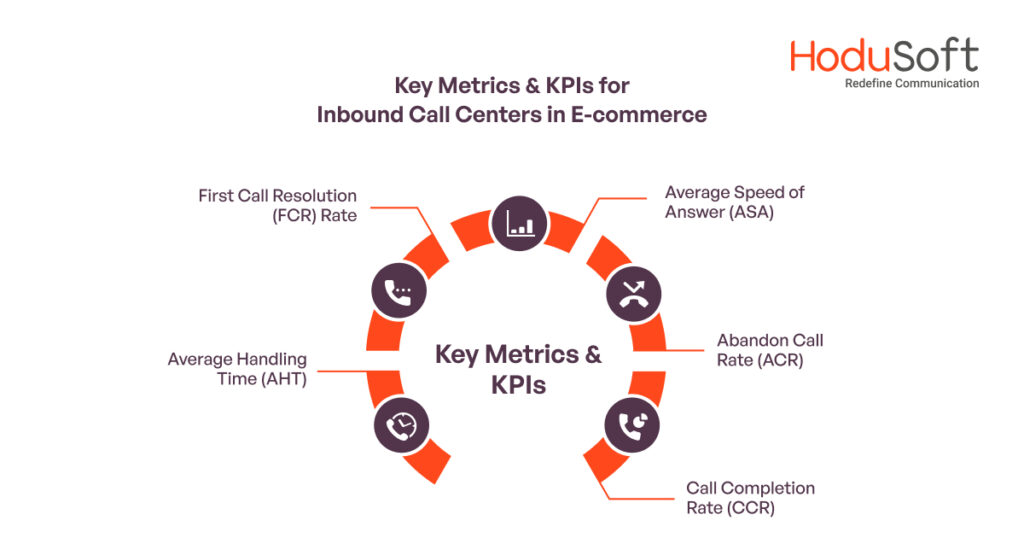
1. Average Handling Time (AHT)
As the name suggests, AHT is the average duration a customer service representative spends on customer interactions. It includes talk time as well as hold time. It’s measured by dividing total handle time by total number of calls.
Formula: AHT = total handle time / total number of calls |
A joint study by Cornell University and Kustomer asserted that a good AHT should be less than six minutes per call or contact. For the e-commerce sector, an AHT of six minutes or less is critical. Once an e-commerce company manages to do that, it witnesses efficient call handling and improvement in overall customer satisfaction rate.
2. First Call Resolution (FCR) Rate
FCR rate is the percentage of calls that got resolved during the very first instance. The formula to calculate FCR rate is the total number of calls resolved on the first instance divided by the total number of calls handled by agents multiplied by 100.
Formula: FCR Rate = Total number of calls resolved on the first instance / The total number of calls handled by agents x 100 |
A higher FCR rate indicates efficient customer service and effective problem-solving capabilities. For the e-commerce sector, a good FCR rate is between 75 to 80 percent. If your e-commerce firm has a FCR rate of over 75 to 80 percent, keep it up. If the rate is lower than that, you need to find the reason behind the low FCR rate and take necessary steps to improve it.
3. Average Speed of Answer (ASA)
ASA is the average time a customer service representative takes to answer an incoming call. The formula to calculate it is total wait time for answered calls divided by the total number of answered calls.
Formula: ASA = Total wait time for answered calls / The total number of answered calls |
For e-commerce companies, the average speed of answer matters a lot. The international industry standard of ASA is 28 seconds. If the ASA in your e-commerce company’s inbound call center is more than 28 seconds, you must find out the underlying reason and take corrective measures.
4. Abandon Call Rate (ACR)
ACR is the percentage of incoming calls that a customer ends or abandons while waiting for the call to get connected with a customer service agent. The formula to calculate ACR is the number of abandoned calls divided by the total number of incoming calls multiplied by 100.
Formula: ACR = Number of abandoned calls / Total number of incoming calls x 100 |
Even though the average ACR varies from industry to industry, the acceptable rate for the e-commerce sector is between five and eight percent. High abandonment rates may indicate issues with service level or call handling efficiency.
5. Call Completion Rate (CCR)
CCR is the total number of calls answered out of the total number of calls attempted. The formula for calculating CCR is the total number of answered calls divided by the total number of attempted calls multiplied by 100.
Formula: CCR = Total number of answered calls / Total number of attempted calls x 100 |
E-commerce companies must target a minimum CCR of 75 percent. If it’s higher than that, it indicates the customer service and customer satisfaction is excellent. If it’s lower than that, e-commerce firms should find out the reason and take corrective measures.
Best Practices for Managing Inbound Calls in E-Commerce Companies
If you are an e-commerce company, you must take all necessary steps to adopt the best practices to manage all inbound calls. Here are some of them:
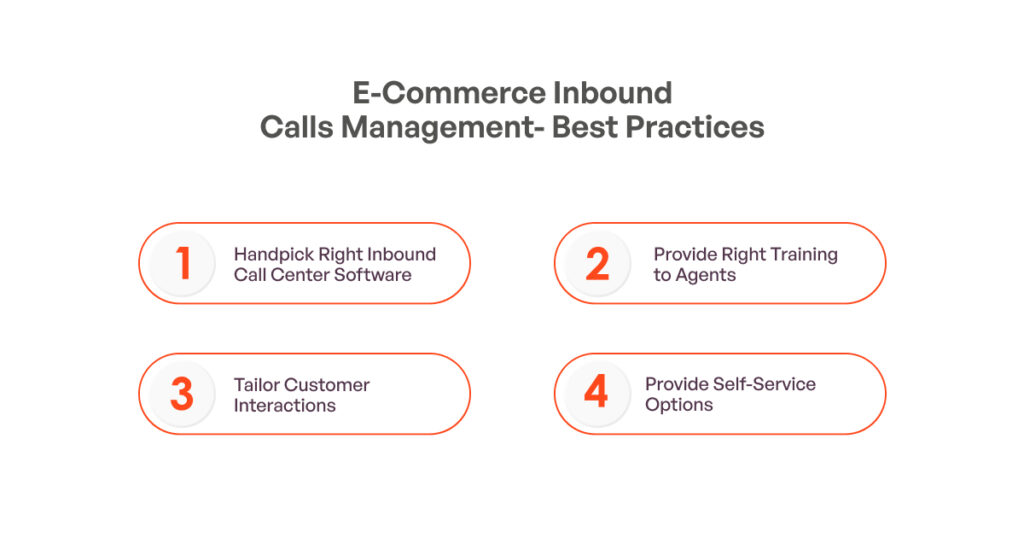
1. Handpick Right Inbound Call Center Software
Gone are the days when companies could manage their customer service operations by using traditional communication systems. In the rapidly changing digital age, leveraging the right technology can mean the difference between success and failure.
One such tech tool is inbound call center software. When online retailers use inbound call center software exclusively tailored for e-commerce operations, they are well-equipped to answer all customer queries and resolve their issues in the best possible way.
2. Provide Right Training to Agents
E-commerce companies must always remember the quote of noted author Roy H Williams. “Training is not an expense but an investment in human capital.” When customer service agents are well-trained, they take care of all the important metrics and KPIs.
Not only that, right training ensures that agents are productive and motivated. That reduces agent turnover. It also ensures that an e-commerce company fosters a culture of continuous improvement.
3. Tailor Customer Interactions
Personalized communication is the great foundation for business success. When e-commerce companies are able to provide tailored communication, they are more likely to cross-sell and upsell to their existing customers.
One of the best ways to tailor customer interactions is by integrating Customer Relationship Management (CRM) platforms with communication systems.
4. Provide Self-Service Options
In recent years, self-service has emerged as the best customer service. As per a study conducted by American Express, two-thirds of respondents said they would prefer self-service for minor queries and issues to speaking with a customer service agent.
E-commerce companies need to keep that in mind and provide self-service options to ease the load on their customer service representatives.
All In All,
When online shoppers browse through your shop from e-commerce websites, they do that without the assistance of any salesperson. In some cases they may face some problems and in those instances, they will rely on the e-commerce company’s customer service department.
In such situations, effective communication is extremely crucial for e-commerce companies. That’s why online stores must leverage the right inbound call center software to handle the incoming calls as effectively and efficiently as possible.

